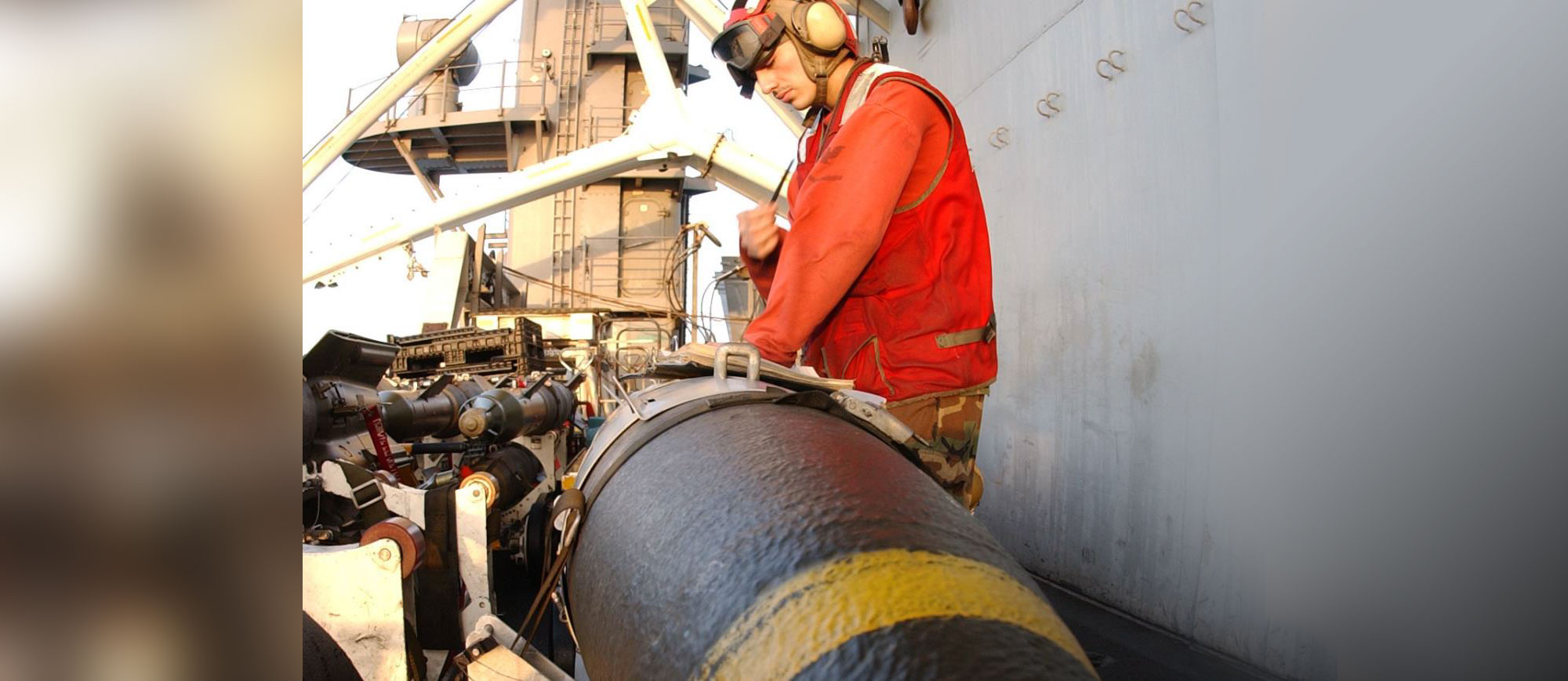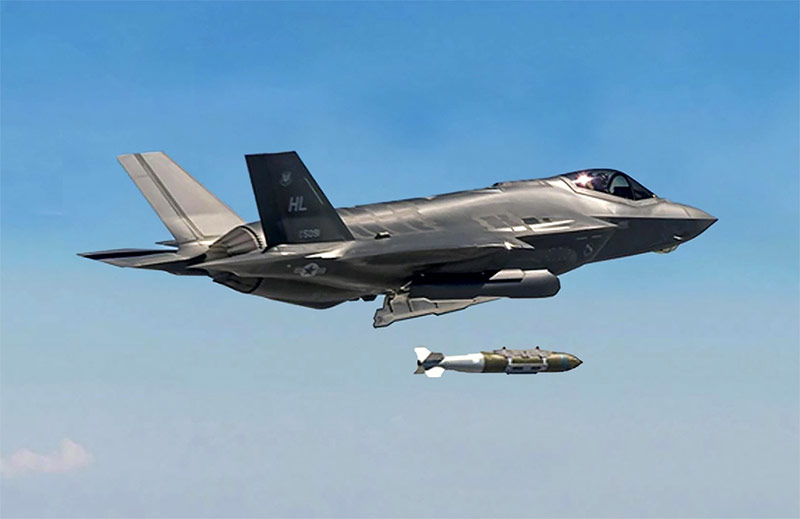Specialized Team Sets Northrop Grumman Apart When it Comes to Integrated Fuze and Warhead Design

Specializing in integrated weapon payloads requires a superior understanding of the complexities of both fuzes and warheads.
While other suppliers focus on one or the other, Northrop Grumman had the foresight over a decade ago to bring specialists in both areas together on one team.

The Benefits of One Team
One team collaborating on a complete solution maximizes efficiencies, shrinks timelines and schedules, and eliminates the challenges of going across contracts on interface and design issues.
“It simplifies the payload design work, because we are one team with the same resources, and it simplifies the contracting avenue for a prime, because they only have to work with us,” he added.
One cohesive design team also helps ensure quality and reliability.
“Since we manage the interface, we can manage how it’s done consistently across any platform,” said Richard Truitt, the team’s business development lead. “It also gives us the ability to place the fuze within the warhead where it will maximize the effect. This way, placement isn’t governed by legacy designs — this is where it always goes — or locked into a location because that’s where the other supplier designed it to go.”
Such a high level of specialization translates into the opportunity to work on cutting edge capabilities.
“As the go-to company when it comes to fuzing designs, we have a large, diverse group of experts. As a result, we’ve developed some of the most complex fuzes being fielded today,” said Lucas, the 2022 recipient of the Harry Diamond Fuzing Excellence Award from the National Defense Industrial Association. “For example, Northrop Grumman’s all electronic fuze is extremely complicated because it has to work for both U.S. Navy and U.S. Air Force systems that are very different. It’s a new fuze — fully electronic, so it replaces the mechanical fuzes of the past — but it’s reliable, is now in full rate production and already has a great reputation.
An integrated design team can further optimize a warhead by shrinking the payload.
“This can be significant because if we have a warhead from a legacy system that is, say, 200 pounds, and we can create an optimized solution at 100 pounds with the same performance, then we just made the missile fly faster, because it’s now 100 pounds lighter, or we’ve extended its range, because we can add more propellent,” said Truitt, pointing to multiple as an example of miniaturization resulted in extended range. “Focusing on optimizing and miniaturizing a warhead generates next-generation performance.”
While collaboration and innovation are critical, safety is the No. 1 concern within the team.
“Safety is always the priority because when it comes to creating devices like this, the ramifications of having a poor design are very bad,” said Lucas. “We work very closely with the safety reviewers in the Department of Defense and for each branch of the service. We have a very good working relationship and because of our track record, there is a level of trust in the quality of our solutions.”
The appearance of U.S. Department of Defense (DoD) visual information does not imply or constitute DoD endorsement.